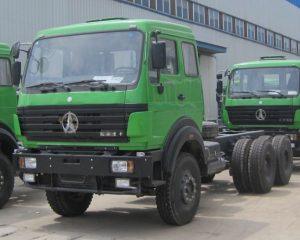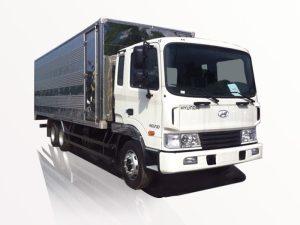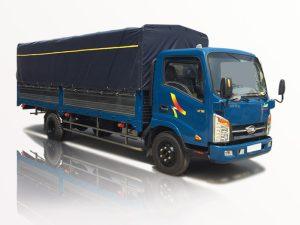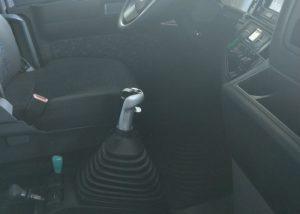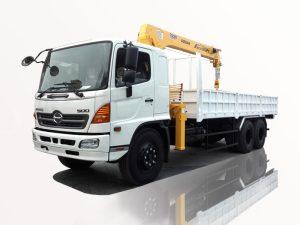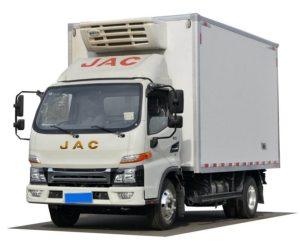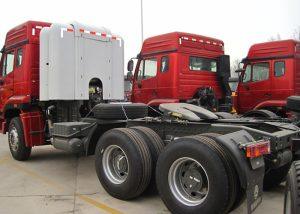Monday to Saturday - 8:00 -17:30
Essential Fire Engine Equipment: A Comprehensive Guide
Fire engines are a crucial component of emergency response services, equipped with specialized tools and technology to effectively combat fires and save lives. For firefighters, having the right equipment can make the difference between a successful rescue and a disaster. This article explores the various types of fire engine equipment, their functions, and practical tips on their use, along with a FAQ section to answer common questions.
Understanding Fire Engine Equipment
Fire engine equipment refers to the tools and apparatus mounted on a fire truck. These tools serve various functions, from firefighting and rescue operations to medical emergencies and hazardous material handling. Understanding each piece of equipment can enhance the efficacy of firefighting efforts and ensure safety for both firefighters and civilians.
The Importance of Fire Engine Equipment
The right equipment plays a crucial role in firefighting operations. Each tool is designed for specific tasks, ranging from extinguishing fires to providing emergency medical assistance. Properly maintaining and using this equipment ensures that firefighters can respond promptly and effectively in emergencies.
Categories of Fire Engine Equipment
Fire engine equipment can be broadly categorized into several sections:
- Water Delivery Systems
- Fire Suppression Tools
- Rescue Equipment
- Protective Gear
- Hazardous Material Handling Tools
- Medical Emergency Equipment
Water Delivery Systems
The primary function of a fire engine is to transport and deliver water to extinguish fires. Various systems are used for water delivery:
Fire Pumps
Fire pumps are vital for generating pressure to deliver water from the truck to the hose. Here, we will discuss the two main types:
Types of Fire Pumps
| Type | Description | Usages |
|---|---|---|
| Positive Displacement Pumps | Ensures water flow at high pressures. | Used for high-rise buildings. |
| Centrifugal Pumps | Moves water using rotational energy. | Commonly found in most fire engines. |
Hoses
Fire hoses are conduits through which water is channeled to combat fires. Different types of hoses serve various purposes:
Types of Fire Hoses
- Attack Hoses: Used directly for firefighting.
- Supply Hoses: Transport water from a hydrant to the fire engine.
- Booster Hoses: Lightweight and easy to handle, used for small fires.
Fire Suppression Tools
In addition to water delivery, various tools are available for fire suppression:
Fire Extinguishers
Fire extinguishers are essential for quickly tackling small fires. Here’s a breakdown of the common types:
| Type | Use Case | Extinguishing Agent |
|---|---|---|
| A | Ordinary combustibles (wood, paper) | Water |
| B | Flammable liquids (gasoline, oils) | Foam, CO2 |
| C | Electrically charged objects | CO2, dry chemical |
| D | Combustible metals | Dry powder agents |
Fire Blankets
Fire blankets can smother small fires or protect individuals from flames. Made of non-flammable materials, they are an essential part of firefighting equipment.
Rescue Equipment
Firefighters often face life-threatening situations and require tools designed for rescue operations:
Rescue Tools
Various tools help firefighters during a rescue, including:
- Jaws of Life: Hydraulic rescue tools to free trapped victims in accidents.
- Rescue Ropes: Used to help individuals escape dangerous situations.
- Stokes Basket: Designed to carry injured individuals safely out of hazardous areas.
Protective Gear
Safety is paramount for firefighters; thus, protective gear is crucial:
Types of Protective Gear
| Type | Description | Importance |
|---|---|---|
| Turnout Gear | Fire-resistant coat and pants. | Protects against flames and heat. |
| Helmets | Hard hats made for firefighting. | Protects the head from falling debris. |
| Nomex Hoods | Cover the neck and ears. | Offers additional heat protection. |
Hazardous Material Handling Tools
Firefighters may encounter hazardous materials during their operations:
Hazmat Gear
Hazardous materials (hazmat) require specialized equipment to handle safely. Essential hazmat tools include:
- Chemical Suits: Provide complete protection against chemical spills.
- Portable Decontamination Showers: Allow rapid decontamination of affected individuals.
- Sampling Kits: Used to collect samples for hazardous material analysis.
Medical Emergency Equipment
Fire engines are not just for firefighting; they also provide medical assistance:
Essential Medical Equipment
| Equipment | Description | Use Cases |
|---|---|---|
| Defibrillators | Devices used to restore a normal heart rhythm. | In cases of cardiac arrest. |
| First Aid Kits | Contains essential medical supplies. | Treating injuries and emergencies. |
| Backboards | Used for stabilizing patients. | In spinal injury cases. |
Maintenance of Fire Engine Equipment
Regular maintenance of fire engine equipment ensures reliability and safety in emergencies. Here are some tips:
Inspection Schedule
- Daily checks before operational shifts.
- Monthly deep inspections of hoses and pumps.
- Annual testing of firefighting equipment.
Cleaning Practices
After each use, equipment should be cleaned and inspected for damages. This helps maintain functionality and extends the life of the tools.
Training and Safety Protocols
Effective training is vital for ensuring firefighters are familiar with their equipment:
Training Techniques
- Hands-on drills with each piece of equipment.
- Simulations for real-life scenarios.
- Regular updates on new technology and tools.
FAQ Section
What types of fire hoses are commonly used on fire engines?
The most common types are attack hoses for direct firefighting, supply hoses for transporting water, and booster hoses for lightweight handling.
How often should fire engine equipment be tested?
Firefighting equipment should be inspected daily, with thorough testing of pumps and hoses every month, and complete functional checks at least once a year.
What is the purpose of the Jaws of Life?
The Jaws of Life are hydraulic rescue tools used to extricate people trapped in vehicles after accidents.
Why is training essential for firefighters?
Proper training allows firefighters to handle equipment effectively, respond to emergencies confidently, and ensure their own safety during operations.
What types of protective gear do firefighters use?
Firefighters typically wear turnout gear, helmets, gloves, and Nomex hoods to protect against heat and flames.
How can firefighters safely handle hazardous materials?
Firefighters use specialized hazmat gear, such as chemical suits and portable decontamination showers, to safely manage hazardous materials.


